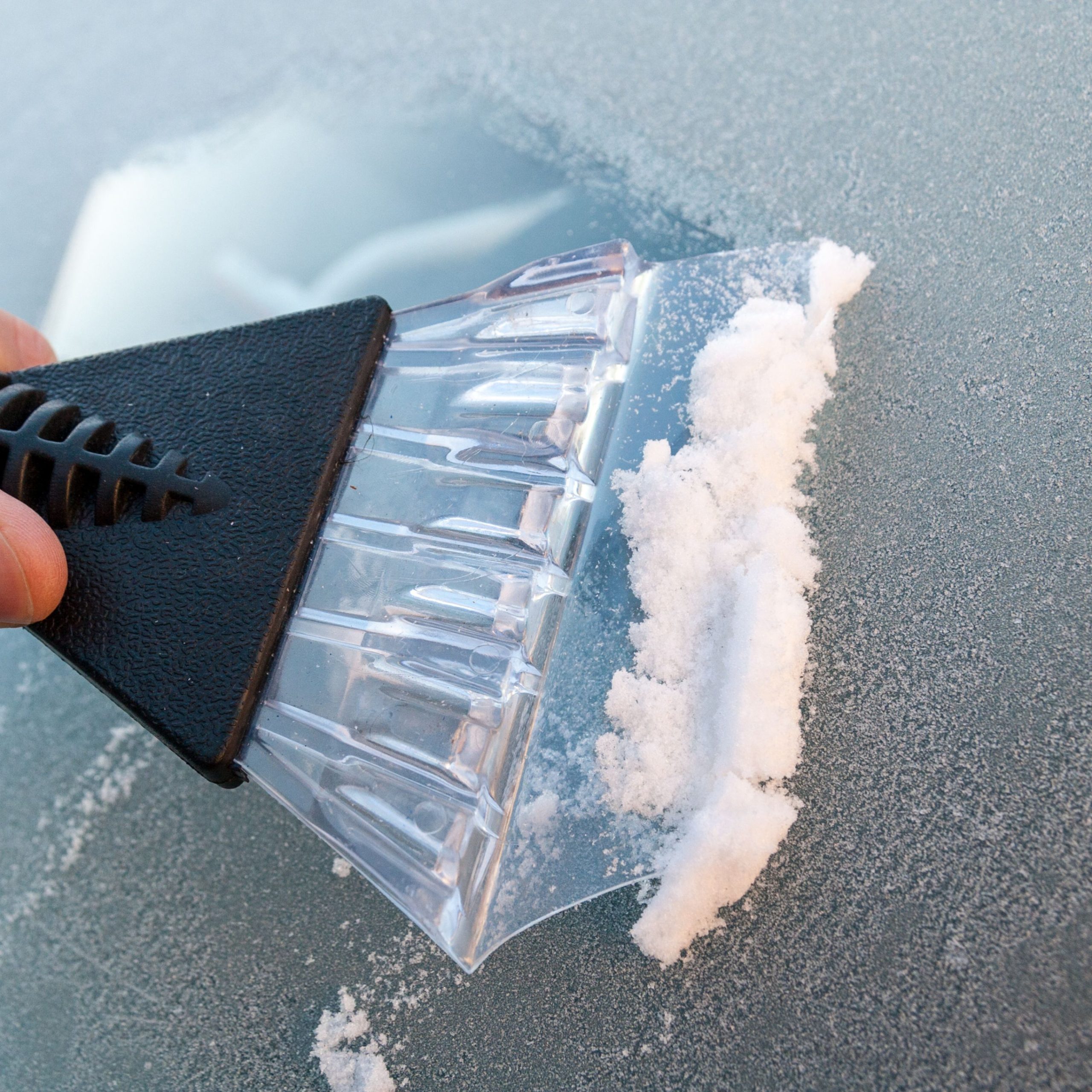Driving in icy conditions requires caution and specific measures to ensure safety. We might be gritters by trade but we too can get slightly nervous about driving in ice. Here’s a guide to driving in ice conditions to help you navigate icy roads:
Check weather and road conditions
Before you start your journey, check the weather forecast and road conditions. If conditions are hazardous, consider delaying your trip or finding an alternative route. Listen to weather updates and traffic reports while driving. Be aware of any road closures or advisories. Black ice is often difficult to see. Be especially cautious on bridges, overpasses, and shaded areas where ice tends to form first when driving in ice conditions.
Prepare your vehicle
Ensure your vehicle is in good condition. Check the brakes, tires, battery, lights, and fluids. Make sure your windshield wipers are in good working order and carry an extra container of windshield washer fluid. Install winter tires for better traction. Keep tire pressure at the recommended levels. Consider carrying tire chains in case conditions worsen. Include essentials like a blanket, extra clothing, non-perishable food, water, a flashlight, jumper cables, ice scraper, snow shovel, and a first aid kit.
Clear snow and ice
Clear all snow and ice from your vehicle before driving. This includes the roof, hood, windows, and lights. This improves visibility and prevents loose snow from blowing onto your windshield or that of other drivers. That small hole of vision on the windscreen is not enough when driving in ice conditions.
Drive slowly
Reduce your speed significantly when driving on icy roads. Accelerate and decelerate slowly to avoid skidding. Do not use cruise control on icy roads. It’s important to maintain control of your acceleration and braking. If conditions are extremely hazardous, consider delaying your trip or finding a safe place to pull over until conditions improve. Leave more space between your vehicle and the one in front of you. This provides extra time to react to sudden stops or obstacles.
Brake carefully
Use gentle and steady pressure on the brakes to avoid skidding. If your vehicle has an anti-lock braking system (ABS), apply constant pressure and let the system do the work. Make smooth and deliberate steering movements. Sudden turns can lead to skidding. If road conditions become too dangerous, find a safe place to stop and wait until conditions improve. Your safety is the top priority.
Use a low gear
Using a low gear while driving on ice is preferred for several reasons. This is one of the biggest tips, therefore let’s give it it’s own sections.
- Increased traction. When you use a lower gear, such as “2” or “L” (low gear), it reduces the torque (rotational force) to the wheels, which can help prevent wheel spin. This can be particularly useful on icy surfaces where maintaining traction is crucial.
- Engine braking. Downshifting to a lower gear provides engine braking, which means the engine helps slow down the vehicle. This can be more controlled than relying solely on the brakes, which can lead to skidding on icy roads.
- Better Control. Using a lower gear allows for finer control over your vehicle’s speed. It enables you to make smoother and more gradual speed adjustments, reducing the risk of losing control on slippery surfaces.
- Prevents Overreliance on Brakes. On icy roads, slamming on the brakes can cause the wheels to lock up, leading to skidding. By using a lower gear and relying on engine braking, you reduce the need to use the brakes excessively.
- Assists in Uphill and Downhill Driving. When driving on icy hills, using a lower gear can be especially beneficial. In downhill situations, it helps control your speed, while in uphill situations, it can provide additional torque to climb without relying heavily on the accelerator.
- Enhances stability. Lower gears can contribute to overall stability by preventing sudden jerks or rapid changes in speed, which can be particularly important on slippery surfaces.
- Reduces Strain on Brakes. Constant braking on icy roads can overheat the brakes, leading to reduced effectiveness. Engine braking helps distribute the load and prevents excessive strain on the braking system.
It’s important to note that using a lower gear is just one technique among many for driving in icy conditions. Additionally, modern vehicles often come equipped with anti-lock braking systems (ABS) and traction control systems, which can also contribute to safer driving in ice conditions.
However
Always exercise caution when driving on icy roads, and adjust your driving technique based on the specific conditions you encounter. If you’re uncertain or uncomfortable driving in icy weather, consider delaying your trip or seeking alternative transportation options.






